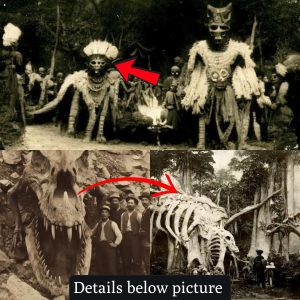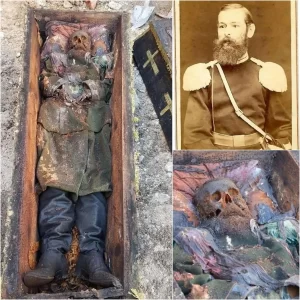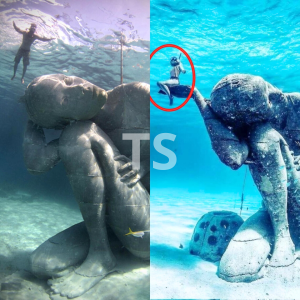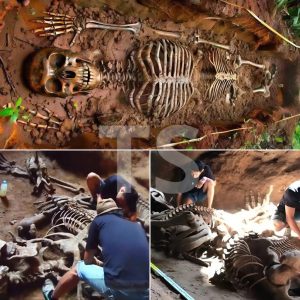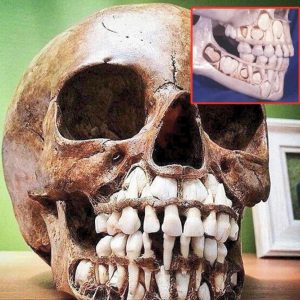Pacaras Mummy- NecropolisPreserved by nature. It is located in the National Museum of Archaeology, Anthropology and History of Peru , Lima. It is currently known that what Peruvian archaeologist Julio C. Tello called “Paracas-Necropolis” belong to a cultural tradition called the Topará culture, the center of which was located further north, in theChincha Valley ( 500 BC-200 AD).
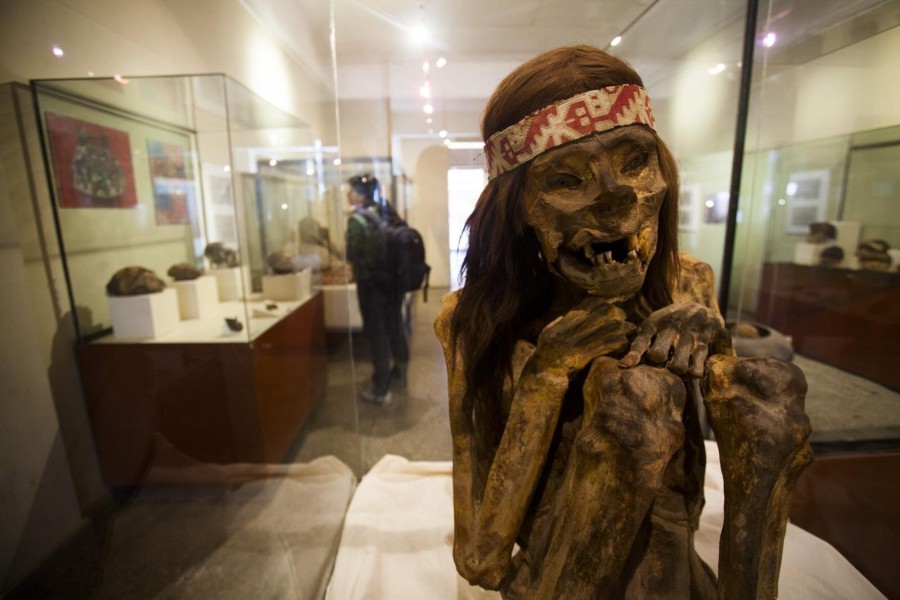
The Paracas culture was an ancient civilization that flourished in the coastal region of Peru from 800 BCE to 100 BCE. This culture is known for its distinctive art style, textiles, and advanced knowledge of medicine and surgery. The Paracas people were skilled fishermen and farmers, and they developed a complex society with a hierarchical system of government and sophisticated religious beliefs.

The culture was named after the Paracas Peninsula, where archaeologists first discovered their artifacts and remains. The Paracas lived in small villages along the coast and relied on the rich marine resources of the Pacific Ocean for their sustenance. They fished for anchovies, sardines, and other small fish, and hunted for sea lions and whales. They also cultivated cotton, maize, and other crops in the fertile valleys along the coast.
The Artistic Achievements
One of the most distinctive features of the Paracas culture was their textiles. They produced intricate designs and patterns using a technique known as “double-cloth” weaving. This involved weaving two layers of fabric together, creating a reversible textile with intricate patterns on both sides. The Paracas textiles were used for clothing, ceremonial purposes, and as offerings to the gods.
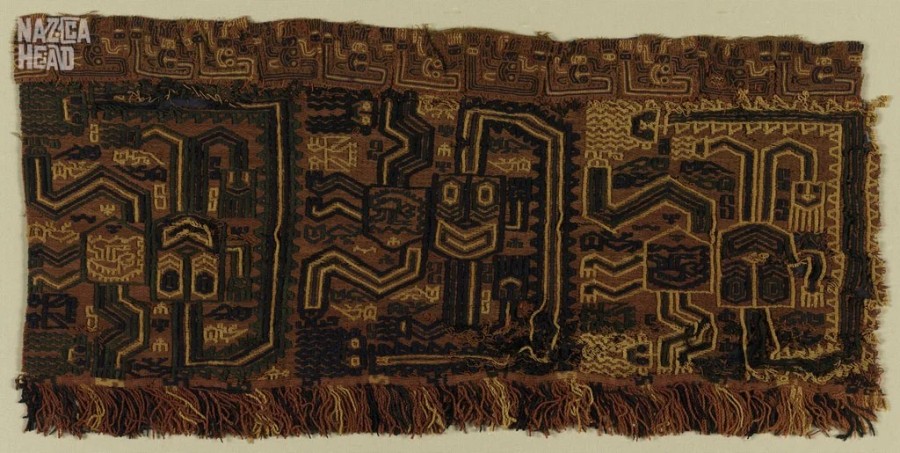
Cotton embroidered with wool in stem stitch, Middle Paracas, Peru, 600–300 BC
Mummification and Burial Practices
The Paracas people were also skilled at mummification, and many of their mummies have been discovered in the area. These mummies are notable for their elaborate burial rites, which involved wrapping the bodies in layers of textiles and burying them with offerings of food, pottery, and other artifacts. The Paracas mummies have provided valuable insights into the culture’s beliefs about death and the afterlife.
Medicine and Surgery
In addition to their artistic achievements, the Paracas people also had advanced knowledge of medicine and surgery. Archaeological evidence suggests that they performed trepanation, a surgical procedure in which a hole is drilled into the skull to relieve pressure or treat other medical conditions. They also used a variety of herbal remedies and other treatments to cure illness and injury.
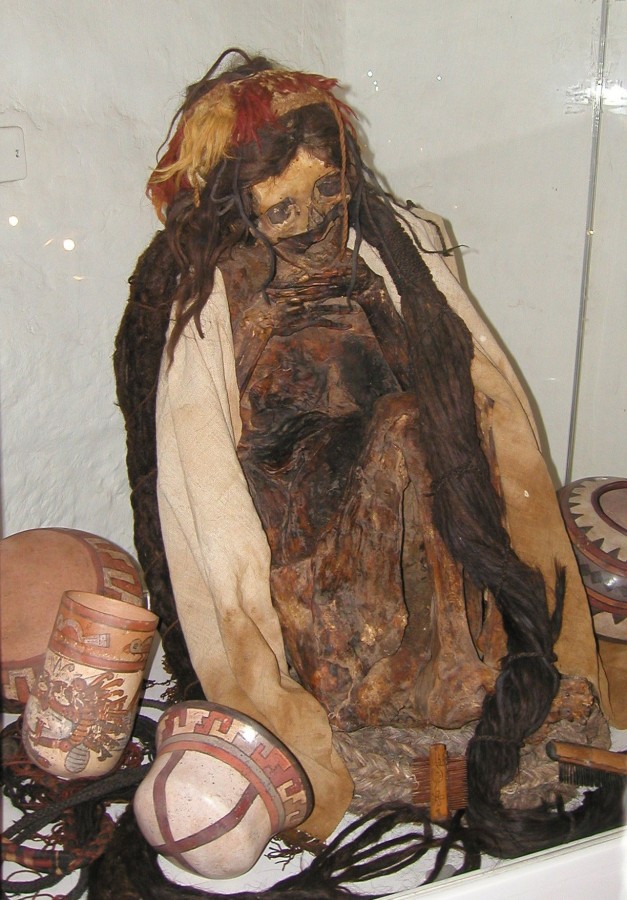
Government and Religion
The Paracas culture was organized into a hierarchical system of government, with a ruling elite who controlled the labor of the lower classes. The ruling elite lived in large, ornate structures known as “chullpas,” which were built using stone and adobe. These structures were often located on hilltops or other prominent locations, symbolizing the power and authority of the ruling class.
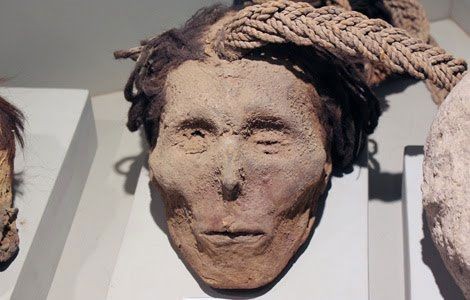
Religion played an important role in Paracas society, and the culture had a complex system of beliefs and rituals. They believed in a pantheon of gods and goddesses who controlled various aspects of the natural world, and they conducted elaborate ceremonies and sacrifices to appease these deities. One of the most important religious sites in the Paracas culture was the Cahuachi complex, which included large pyramids, temples, and other structures used for religious and ceremonial purposes.
Ruins of Cahuachi complex, Peru
Decline of the Paracas Culture
The Paracas culture declined around 100 BCE, possibly due to environmental factors such as drought or overfishing. The decline of the Paracas culture paved the way for the rise of the Nazca culture, which developed in the same region shortly after the decline of the Paracas.

Legacy of Paracas
Despite their relatively short existence, the Paracas culture made significant contributions to the artistic and cultural heritage of Peru and the wider world. Their textiles and other artistic achievements continue to inspire and influence modern artists and designers, and their knowledge of medicine and surgery has contributed to the development of modern medical practices.
In conclusion, the Paracas culture was an ancient civilization that flourished along the coast of Peru from 800 BCE to 100 BCE. They were skilled fishermen and farmers who developed a complex society with a hierarchical system of government and sophisticated religious beliefs. Their distinctive art style, textiles, and advanced knowledge of medicine and surgery continue to inspire and influence modern artists and medical practitioners. The Paracas culture made significant contributions to the cultural heritage of Peru and the world, and their.

